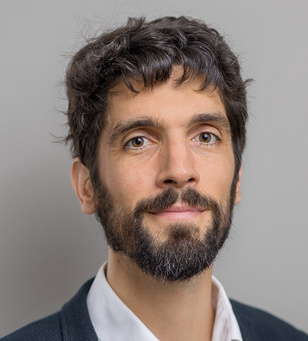By: Peter Ardell
Martin Monperrus, professor of software technology at KTH: you and your colleagues have an expert in programming called Luc Esape in your department, who fixes software bugs. Luc has received a lot of attention lately, and that has to do with the fact that he is not human…
Exactly, Luc Esape is a software robot. His main identity is on GitHub, a social network for programmers. He has made five contributions in open-source software projects. Since Luc is shy, he has presented himself as a junior software developer at first, before making its coming-out as a robot recently.
Luc has improved over time when it comes to fixing software bugs, how come?
Being a robot, Luc is made of thousands of lines of complex code. The Repairnator engineering team behind Luc had to find the right design decisions, and had to address many problems before Luc could make its first open-source contribution.
When people actually found out that Luc was a bot and not a human being: what were the reactions like?
“The reactions were very diverse: some software engineers were very impressed, others thought that Luc’s contributions were very basic. Some people are excited by the long term research vision of artificial software developers, others tend to think that the way left to go is too long, if not impossible. The Repainator project questions very much of what people think about the nature of engineering research.”
How did you came up with the idea of creating Repairnator?
“My group has been working in the research field of automated program repair for seven years. We’ve made great progress in terms of concepts and algorithms, with academic publications as output. Repairnator was the next step on the research agenda: to prove that automated program repair can be human-competitive.”
So now it won’t be long until Skynet goes online, right? Code that writes code sounds a bit scary…
Some people indeed find it scary. They think that human job opportunities will be taken by robots. This is a societal debate way beyond Repairnator. We have an optimistic standpoint on the question: let’s build a software engineering world where humans and robots smoothly and respectfully collaborate to build ever bigger, more reliable and more fun software!
But wait a minute…How do I know you’re not a robot?
I have not been programmed to answer that question, sorry.
More about the project:
The Repairnator-project was also presented at this year’s Software Technology Exchange Workshop, STEW, organised by the organisation Swedsoft in October. One of the two themes of the workshop was ‘Let the machine do the job – AI and machine learning in software development’. Several WASP researchers gave talks on the topic at the conference including Martin Monperrus (KTH), Christoph Reichenbach (Lund university), David Mattos (Chalmers) and Rasmus Ros (Lund university).
Are you interested in the Repairnator project? To receive regular news about Repairnator, please send an email to repairnator.subscribe@4open.science
Luc on GitHub: https://github.com/lucesape
Published: November 27th, 2018
[addtoany]


